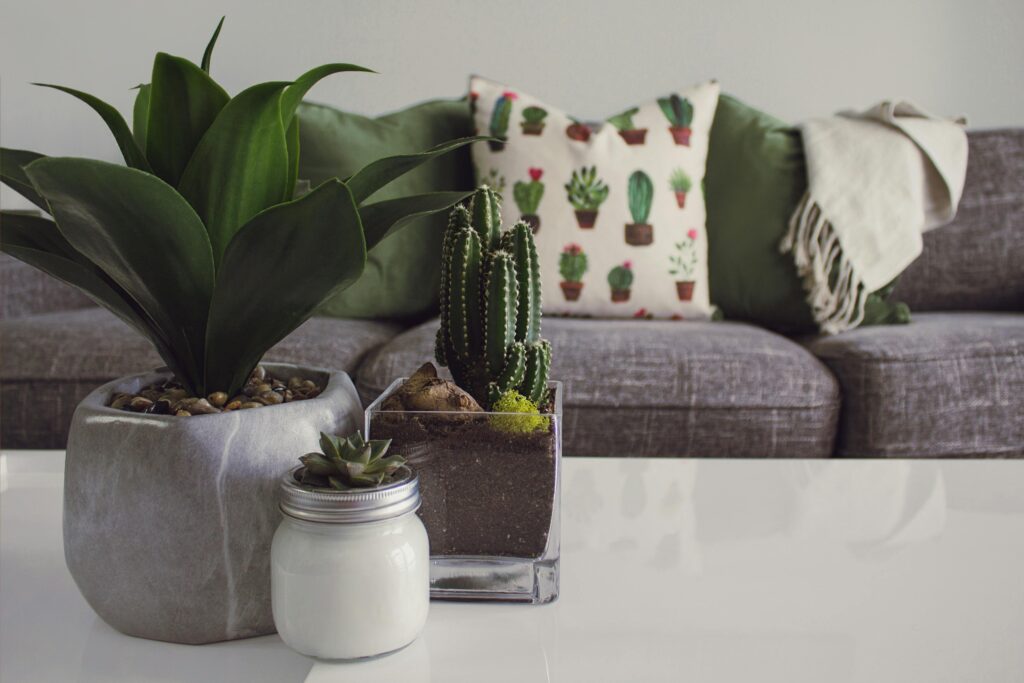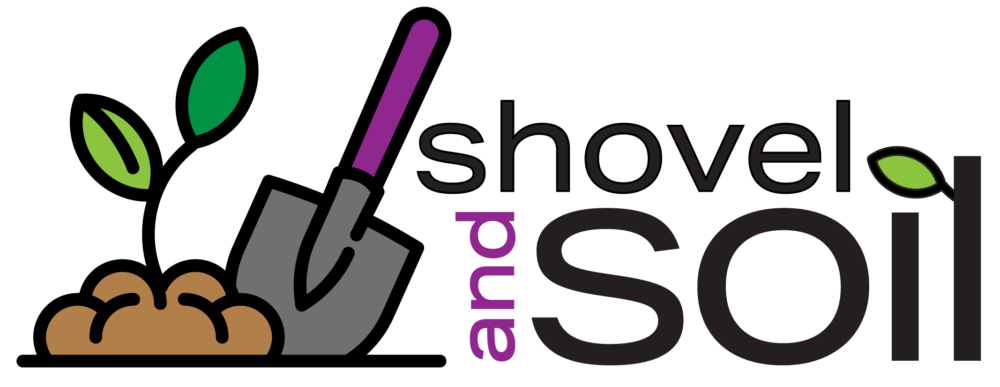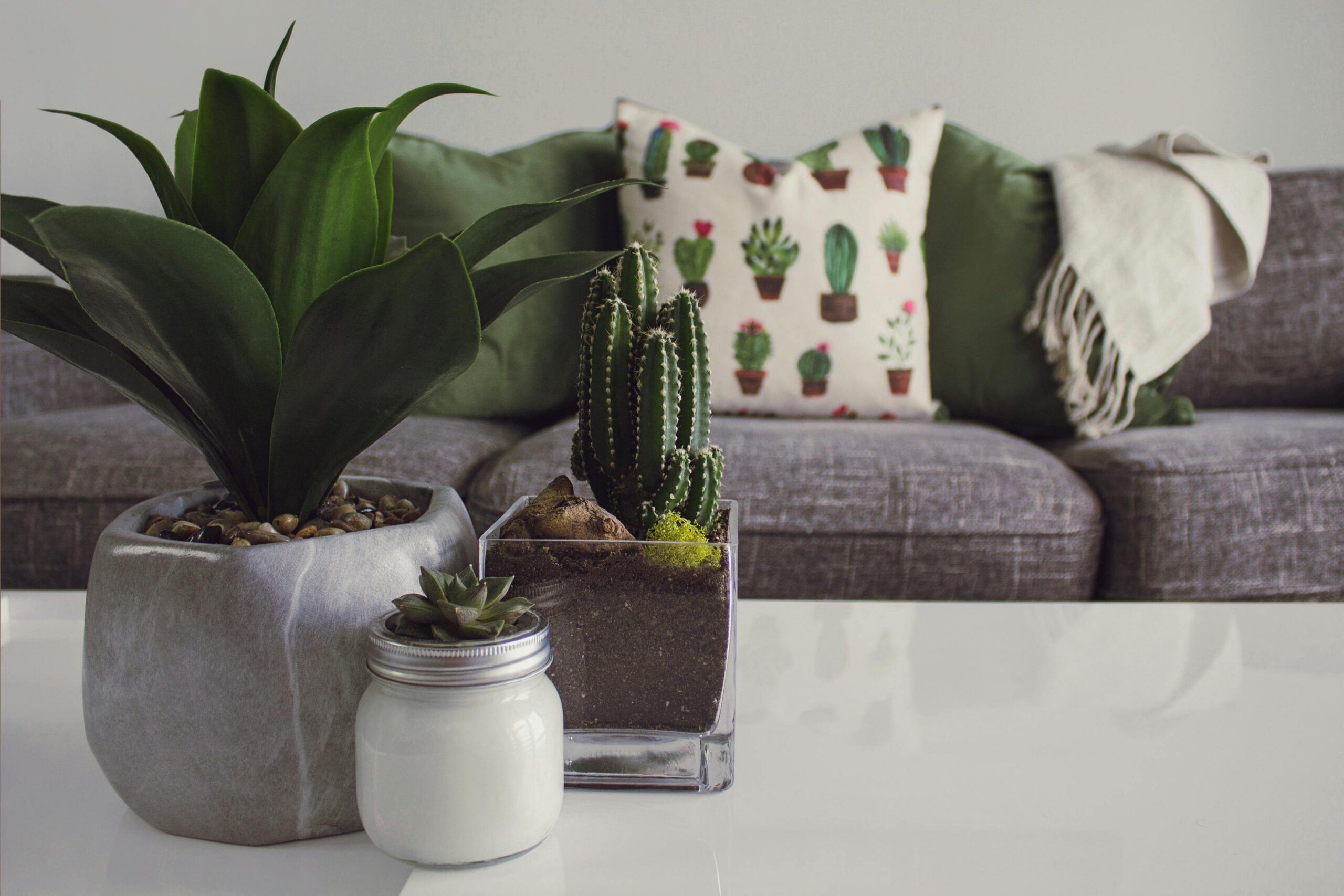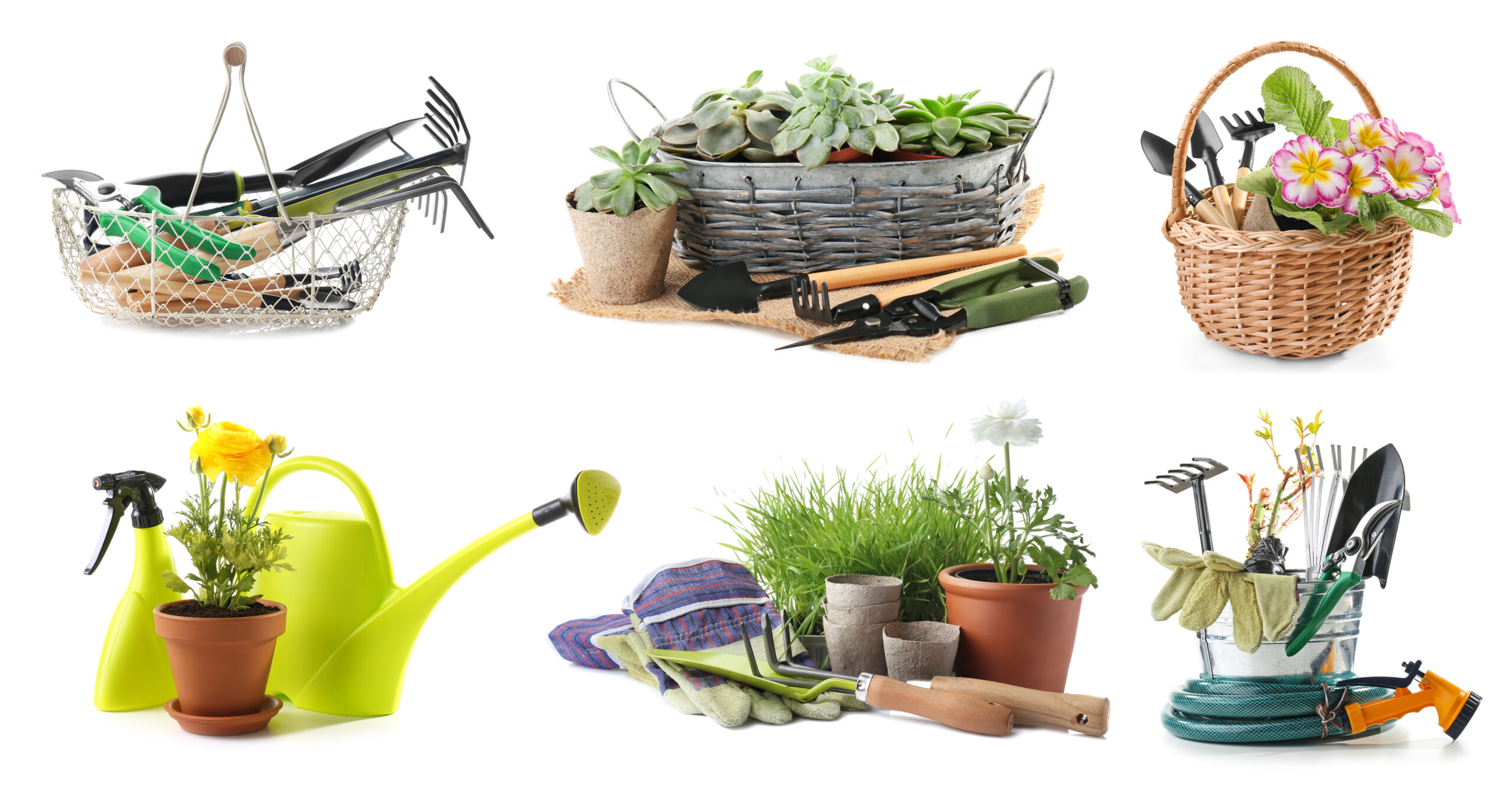
The Joy of Propagation: An Introduction
Propagating your indoor plants is a rewarding and cost-effective way to expand your garden. It involves creating new plants from the parts of existing ones, such as leaves, stems, or roots. Not only does this process allow you to multiply your favorite plants, but it also offers an opportunity to share them with friends and family. Different plants require different propagation methods, with some of the most common being stem cuttings, leaf cuttings, and division.
Stem Cuttings: The Most Popular Method
Stem cuttings are ideal for many houseplants, especially those with prominent stems, such as pothos, philodendrons, and dracaenas. To propagate from stem cuttings, select a healthy, disease-free stem with at least two nodes (points where leaves emerge). Cut just below a node using a clean, sharp knife or scissors. Remove the lower leaves, and place the cutting in water or directly into moist soil. If propagating in water, transfer the cutting to soil once roots have developed. This method is straightforward and has a high success rate, making it a great starting point for beginners.
Leaf Cuttings: For Succulents and More
Leaf cuttings are particularly suited to succulents and plants with fleshy leaves, such as African violets and peperomias. Gently twist and pull a healthy leaf from the plant, ensuring a small part of the stem comes with it. Allow the leaf to callous over for a day or two to prevent rotting, then place it on top of moist potting soil. In the case of succulents, you can simply lay the leaf on the soil, whereas other plants may require burying the cut end slightly. Keep the soil moist, and in time, new growth will emerge from the base of the leaf.
Division: Multiplying Clump-Forming Plants
Division is an effective way to propagate clump-forming plants, such as many ferns and hostas, that naturally grow in tightly packed groups. Carefully remove the plant from its pot and use your hands or a clean knife to divide the root ball into smaller sections, ensuring each section has roots and at least one shoot. Replant each division into its own pot with fresh soil and water thoroughly. Division is best done in the spring or early summer, giving plants ample time to recover and grow throughout the growing season.
Air Layering: For Larger Plants
Air layering is a more advanced technique suitable for large plants that are difficult to propagate through cuttings or division, such as rubber trees and monsteras. Make a small upward cut on a healthy stem, about one-third of the way through, and insert a small piece of toothpick or matchstick to keep it open. Surround the wound with moist sphagnum moss, then wrap it with plastic wrap to retain moisture. Secure the ends with twist ties or rubber bands. Roots will develop at the cut site, after which the stem can be cut below the roots and potted as a new plant.
Using Rooting Hormones
Rooting hormones can increase the success rate of propagation, especially for stem and leaf cuttings. These hormones encourage faster root development and can be found in powder, gel, or liquid form. Before planting a cutting, dip the cut end into the rooting hormone, then plant as usual. While not always necessary, rooting hormones can be particularly helpful for plants that are difficult to root.
Caring for Your New Plants
Once your cuttings or divisions are planted, keep the soil consistently moist but not waterlogged. Provide bright, indirect light and avoid extreme temperatures to encourage healthy growth. For water-propagated cuttings, acclimate them to soil gradually to prevent shock. Patience is key, as some plants take longer than others to root and grow.
The Rewards of Patience: Watching Growth
Propagating your indoor plants can be a slow process, but the rewards are well worth the wait. Watching a small cutting or leaf develop into a healthy, full-grown plant is incredibly satisfying and fosters a deeper connection with your indoor garden. Plus, propagated plants make thoughtful, personalized gifts for friends and family.
Troubleshooting Common Issues
If your propagation attempts aren’t successful, don’t be discouraged. Common issues include cuttings rotting without rooting, which can be caused by too much moisture or using diseased plant material. Ensure you’re using healthy plant parts and that your soil or water is clean. Adjusting the moisture level or trying a different propagation method can also help. Remember, propagation is as much an art as it is a science, and learning comes from experimentation.
Propagating indoor plants is a fascinating journey that deepens your gardening skills and enhances your indoor garden’s diversity. With these techniques and tips, you’re well-equipped to start propagating your favorite plants, exploring the wonders of growth and renewal in your home.



